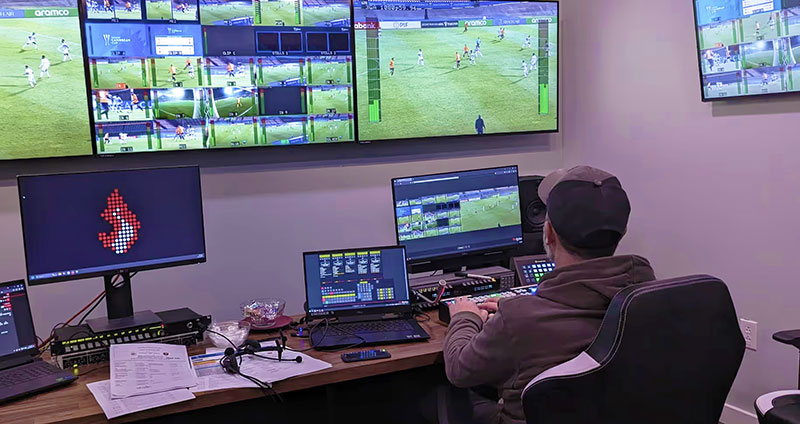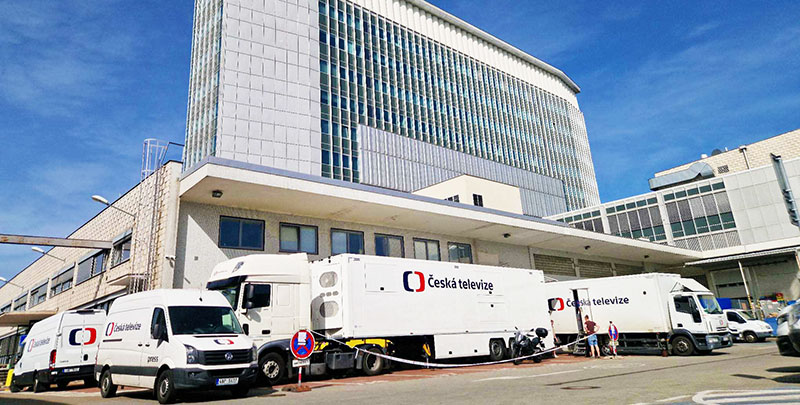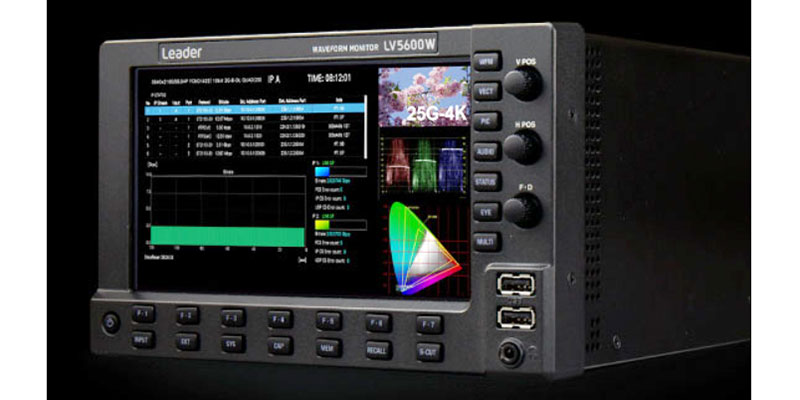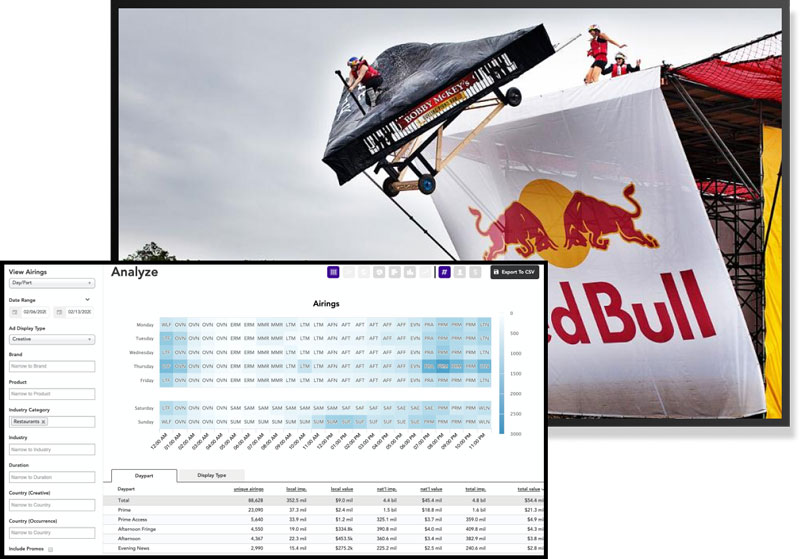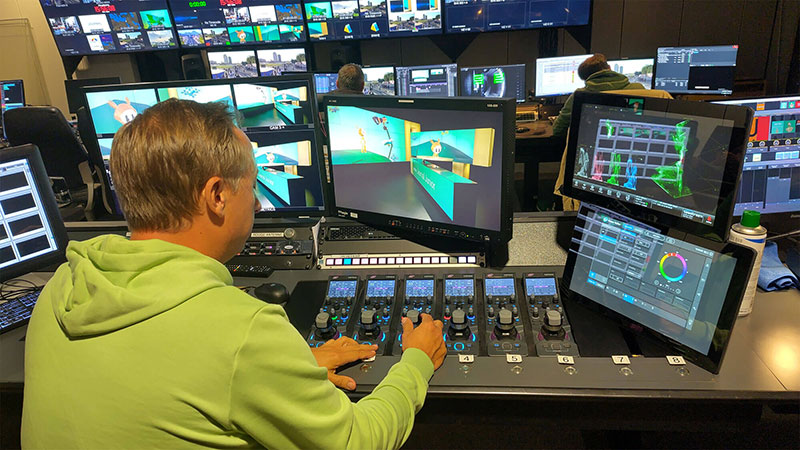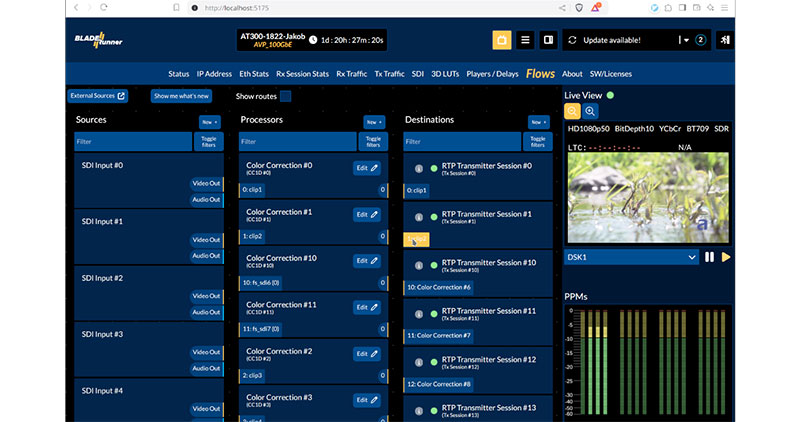Telefe free-to-air TV is transitioning its infrastructure from SDI to IP starting at the core with video/audio routing, using EVS Strada for IP connectivity with an option to connect SDI devices.

EVS Neuron UI - IP Gateway and conversion
Telefe, free-to-air TV broadcaster in Argentina, is in the midst of transitioning its core infrastructure from SDI to IP. The process, planned to take place gradually over about five years, began at the centre of the operation with the video and audio router.
According to Guillermo Niemetz, Telefe’s Engineering Supervisor, the strategic decision is based on keeping pace with the evolution of video transport technologies toward IP environments, as well as on the level of maturity those solutions have reached for broadcast.
"The channel currently operates entirely in SDI, while the industry trend is moving decisively toward IP architectures. That fact drives us to undertake a technological renewal to align with modern standards and workflows," Guillermo said.
From SDI Core to IP Backbone
Telefe relocated its operations in 2016 from the centre of Buenos Aires City to the northern part of the province, and since then has used a 576x1152 SDI video router and a 288x288 MADI/AES router for audio, controlled by an integrated NV9000 system from Grass Valley.
According to Guillermo, due to the size and importance of the core, the migration process will begin there, at the system’s centre – not from production, as is usual at other channels. "We’ve started by ensuring that the router, a fundamental element of operational flow, integrates into the new IP architecture without compromising service continuity," he said.
EVS’s MediaInfra Strada, a workflow managed by the Cerebrum broadcast control and orchestration system, was chosen to effect this change. To control media workflows, the MediaInfra Strada routing system supplies IP connectivity with the option to connect SDI devices. It consists of a customisable router control system, optional high-density SDI to IP gateways and Arista switches, and is supplied as a drop-in replacement for an SDI router.

Meanwhile the user can expand into a full IP backbone without making disruptive changes to their operations, and retains the ability to modify templates, create custom interfaces and configure personalised control panels, even offline.
Telefe’s initial plan includes purchasing EVS’s Cerebrum control system, Arista Networks 7280R3 switches functioning on a spine/leaf architecture, and EVS Neuron gateways for bidirectional SDI-to-IP [SMPTE 2110] conversion. Through this approach, the new video, audio and data IP backbone begins to coexist with the SDI legacy in a hybrid operation.
Cerebrum in a Hybrid World
Viditec, Argentina’s sole EVS partner, serves as integrator for the project. Viditec CEO Eduardo De Nucci noted that the critical point was adopting a platform capable of simultaneously controlling both IP and legacy SDI connectivity. "The EVS system can efficiently control the SDI routers and all Ethernet switches within the scope of SMPTE 2110, operating in a hybrid migration environment," he said.
Guillermo stressed that Cerebrum was chosen after comparative testing. "We tested multiple brands. We found only a few that were able to control our SDI and AES matrix and everything else we have here, directly from the orchestrator. That was fundamental – our dealbreaker."
Another differentiator was the infrastructure’s relative simplicity and efficiency. EVS’s broadcast control system uses three servers compared to up to six from other vendors, and its SDI-IP gateways have high density per rack unit, thereby saving space, energy and maintenance costs. Furthermore, SNMP [Simple Network Management Protocol] monitoring, widely used to collect and modify information about devices on IP networks, and broad API support make full integration and control of varied market products possible.
IP/SDI Routing Unifies Control and Monitoring
Its highly scalable architecture is capable of managing ST 2110, SDI and hybrid routing with minimal latency, high availability and end-to-end redundancy. "With Strada, we can operate today through SDI, IP or hybrid connectivity, and gradually transition without compromising daily operations," Guillermo said.
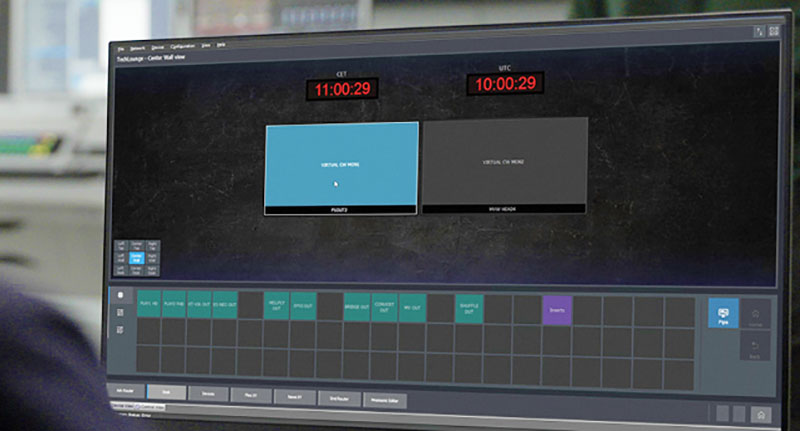
Cerebrum UI - Device control and IP routing
The system supports multiple protocols including NMOS, SDP and Ember+, and has a protocol-agnostic licensing model. Instead of specific drivers, the broadcaster acquires ‘generic points’ usable with any compatible equipment across more than 250 protocols.
At Telefe, Cerebrum is their complete Broadcast Control System capable of controlling, configuring, orchestrating and monitoring the broadcast environment from a single umbrella system. It replaces functions previously handled by other systems, which has expanded device visualization, alarms and remote control capabilities.
Configuration, Implementation and a 5-Year Goal
Implementation involved two months of preparatory meetings between Telefe, Viditec and EVS, and only two weeks on site – five days for configuration and five days for training technical and operational teams, notes Alfredo Cabrera.
Guillermo said, "EVS staff, when installing this first part, gave us a small but essential course. For now, our installation is very small, almost like a lab, which helps us practice and learn. The transition is not only technological but also cultural.
“The IP operation removes familiar elements such as the patch panel, requiring new monitoring tools, including Arista CloudVision, among others. With the patch panel gone on the operational side, the team feels blind, and consequently these tools become essential."
The goal is to reach 100% IP in approximately five years. The scope includes production, postproduction, monitoring, distribution and integration with streaming workflows. For Telefe, this change places the broadcaster in a privileged position to take advantage of future IP solutions. evs.com




